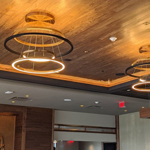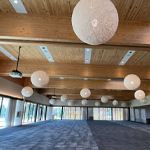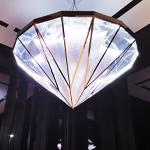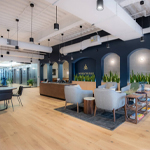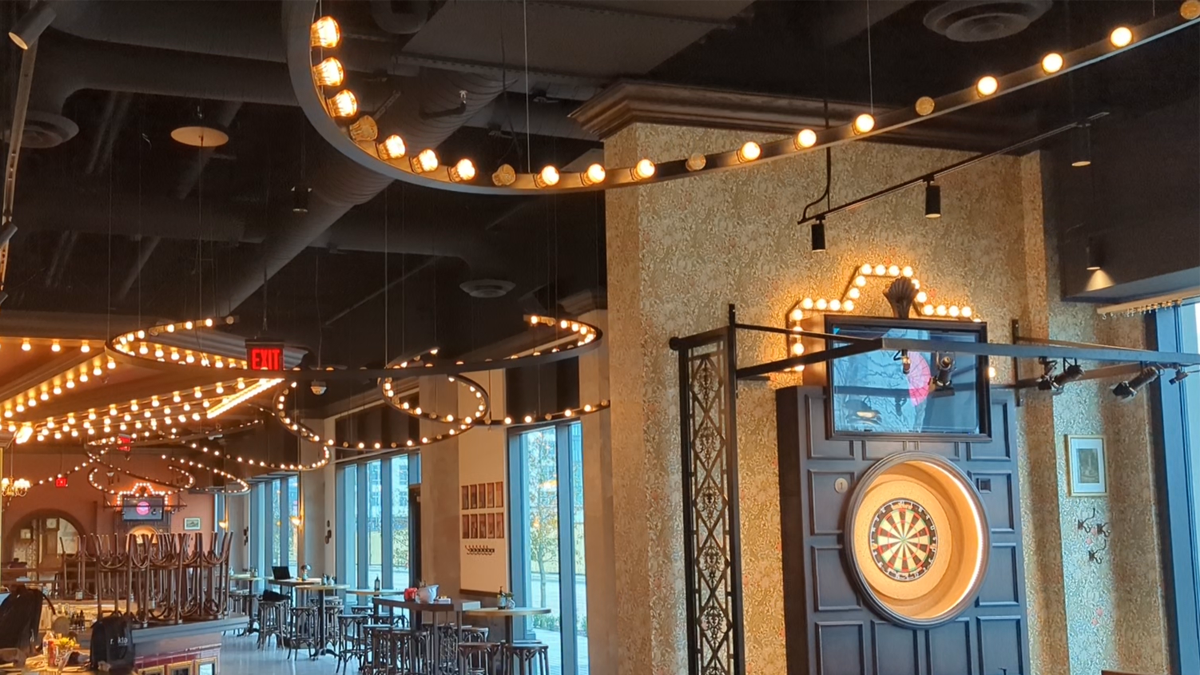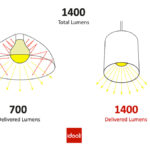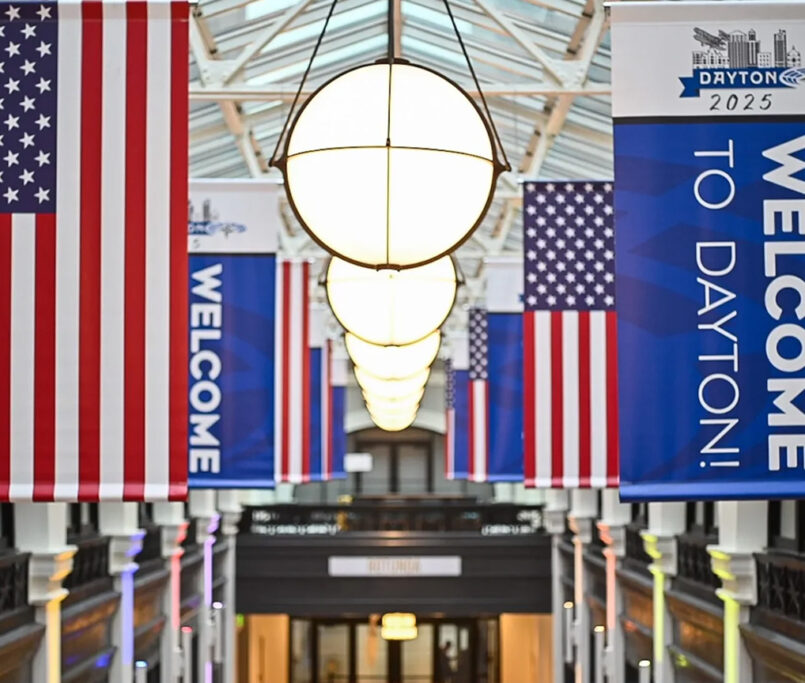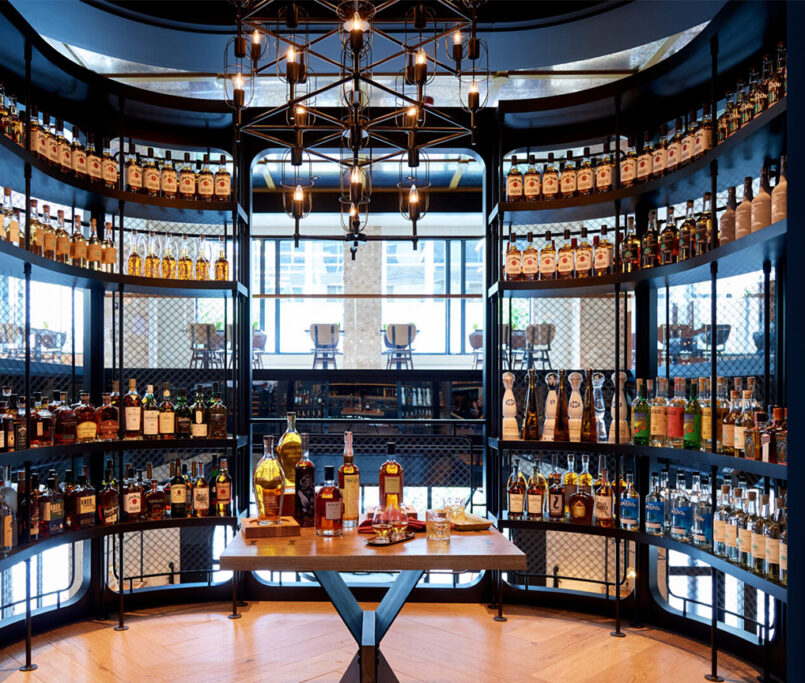What are lighting controls and why you should use them
In this post, we will provide you with a short introduction to what lighting controls and lighting control systems are, the different types of lighting controls, and why you should use them.
ON and OFF — Lighting controls are really not what they used to be. Over the recent decades, the capabilities of lighting controls have evolved significantly and have influenced how we handle lighting for all types of application environments.
Modern lighting controls have given us the ability to manage different aspects of lighting, such as dimming, motion control, and scene setting. With greater control over how lighting is used, we are also able to reap more benefits of using lighting controls, for example, saving energy, greater convenience, enhanced environments, and more safety and security. In this post, we will provide you with a short introduction to what lighting controls and lighting control systems are, the different types of lighting controls, and why you should use them.
WHAT ARE LIGHTING CONTROLS?
Taking control of our lighting needs is what lighting controls are all about. Lighting controls are part of a lighting control system that give us the ability to manage the quality and the level of a light. Lighting control systems consist of a network of input/output devices, including relays, light control switches, occupancy sensors, and more. These controls are managed locally or remotely using software applications and/or other interfaces connected to the lighting control system.
As mentioned above, traditional lighting controls were generally able to manually turn a light on and off. Today, we have a lot more functionalities available that let us manage the brightness of a light, the color temperature, lighting timers, and much more. Being able to control lights in many different ways, enables us to adjust our lighting to different moods and atmospheres. This can have an overall effect on how we live and work.
The advent of the Internet of Things (IoT) has made it possible for us to connect our lighting control systems to different devices and applications making it even easier to manage our lighting, no matter where we are.
TYPES OF LIGHTING CONTROLS
There are many different types of lighting controls, both manual and automatic -some are capable of both. While certain lighting controls are only able to turn on/off specific lights, others are focused on modifying the brightness or color temperature of lights. For some lighting controls, third-party equipment may also be required to take full advantage of all of their capabilities.
To give you a better understanding of what types of lighting controls exist and why they are suitable for certain situations, we will list a number of different lighting controls below.
BASIC LIGHTING CONTROLS
The most basic lighting controls are light switch controls. Basic light switch controls enable lights to be turned on and off manually. They give you the ability to turn off the light and save energy when you leave a room or when lighting is not needed for a space. Although these controls require manual action, these controls will help you to manage your lighting needs at the most basic level.
DIMMERS
Dimming controls are used to change the overall light output of a light source. The current flow to the light source can be increased or decreased through dimming switches, sliders, touch dimmers, and more. Dimmers can also be used in conjunction with other lighting controls such as timers, motion sensor controls, or preset lighting controls. By not fully utilizing a bulb’s light output, dimmers can help extend the life of your bulbs and help you save energy.
TIMERS
If you want your lights to be turned on or off at specific times, timers are the most suitable lighting controls to help you with that. Manual timers directly connect to the outlet and essentially stop or open the current flow to the light. For many situations basic time controls will most likely be sufficient to turn off your lighting on a schedule, for example switching off the company lighting after business hours. More advanced time controls can be set with programmable digital timers. These can generally give you more control over a variety of scheduling possibilities.
PRESET LIGHTING CONTROLS
The ability to use preset lighting settings that fit to situations and moods, or save personal lighting settings is made possible through preset lighting controls. These are generally accessible by using a remote control or an application connected to the lighting system. Today’s lighting control preset can range from lighting settings for moods such as ‘reading/studying’, all the way to scene settings like ‘Christmas’ or ‘Party.’
MOTION AND OCCUPANCY SENSOR CONTROLS
Any movement that occurs within a detectable area of a motion or occupancy sensor system can activate and deactivate lights without having to manually switch the light on or off. Motion sensor controls are mostly used for security and utility lighting, while occupancy controls are generally installed to turn on/off indoor lights once motion is detected.
LIGHT SENSOR CONTROLS
Light sensor controls automatically modify the brightness of light depending on the amount of natural light a space receives from outside. By balancing both natural and artificial light levels, any excess lighting is avoided, always providing the exact level of illumination, no matter what time of the day it is or what type of weather is currently present.
5 TOP BENEFITS OF USING LIGHTING CONTROLS
Lighting controls have received more attention in recent years, as people have noticed the benefits of using lighting controls in their daily lives. As lighting technologies continue to evolve, we have gotten so accustomed to many lighting controls that we often can’t imagine not having them anymore.
After introducing you to some of the most common lighting controls, we will now explore the 5 top benefits of lighting controls.
ENERGY EFFICIENCY
Lighting controls can help you save money on your electric bill by automatically turning off lights when they are not needed. With the help of lighting controls such as time controls, motion, and sensor controls, as well as dimmers and light sensor controls, you can set your lighting to only be used when needed. If you have an older home with inefficient light fixtures, it’s especially important to use lighting controls so you don’t waste electricity by leaving lights on all day when no one’s around.
CONVENIENCE
Another great benefit of using lighting controls is its convenience, making it easy to change the light setting whenever and however you want. Nowadays, you sometimes don’t even need to be in the same room, or country, to control your lighting at home. All this has been made possible through integration with the Internet and other modern applications. In the end, there is nothing more satisfying than being able to adjust your lighting without having to get up from your couch after a long day at work.
PROGRAMMED PREFERENCES AND SCENE SETTING
This feature has really come to fruition in recent years, as companies acknowledged the joy of people really wanting to match their lighting to specific moods or settings, such as having a unique lighting setting for a nice dinner at home with your friends. With more updates and preset-saving capabilities, there really is no limit to your lighting creativity.
SAFETY AND SECURITY
Using lighting controls for your outdoor spaces (and indoor spaces) can be very practical and can provide you with added security between dusk and dawn. Motion sensors can help you keep unwanted guests away from your properties and can let you know once someone has entered specific areas by switching the light on.
EXTENDED BULB LIFE
Last, as light bulbs are used less with lighting controls, the bulb’s life is extended making the overall bulb usage more energy and cost efficient. For instance, dimmers and light sensors can reduce the brightness of the overall light output, while timers can reduce the amount of electricity being used over a period of time as the light is only used when needed – both significantly reduce the energy that is used for operating the light.
CONCLUSION
To conclude, lighting controls significantly influence how we use our lighting and can help us with various aspects of our lives. There are different types of lighting controls that focus on certain aspects of controlling a lighting system, such as dimmers, timers, or motion sensor controls. From a practical standpoint, lighting controls can make our lives easier with the use of remote-controlled systems, which can also give you the ability to personalize your lighting needs. From a financial and environmental standpoint, lighting controls can assist us with using less energy and being more eco-friendly.
At Ideoli we work with different lighting control systems to get the best out of our lighting products. Depending on your lighting needs we will work with specific lighting controls for your very own lighting products to match and even exceed your expectations. Our aim is for you to have full control over how you would like your lighting to be for your spaces. Lighting controls can make this possible.


